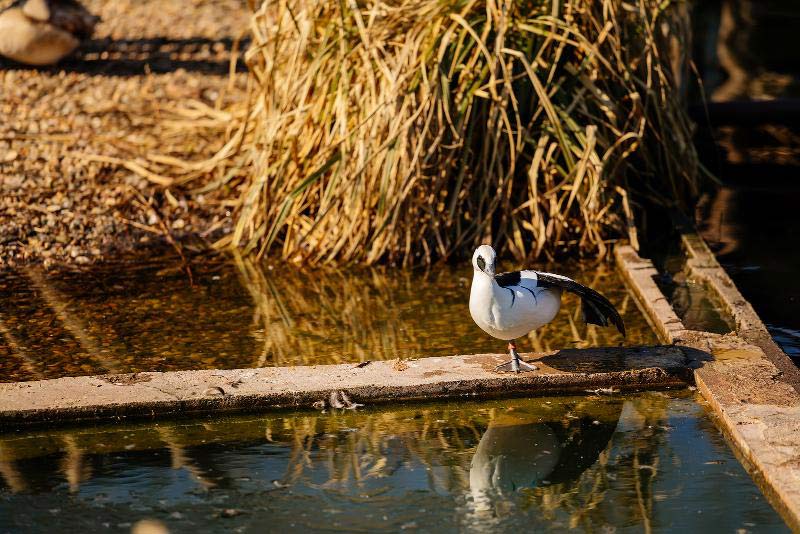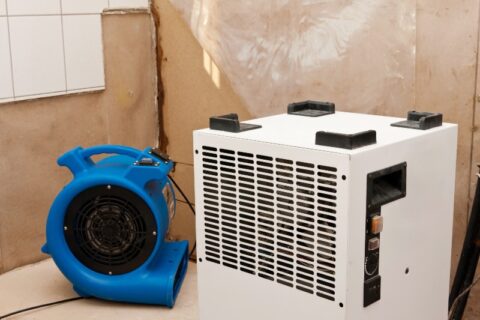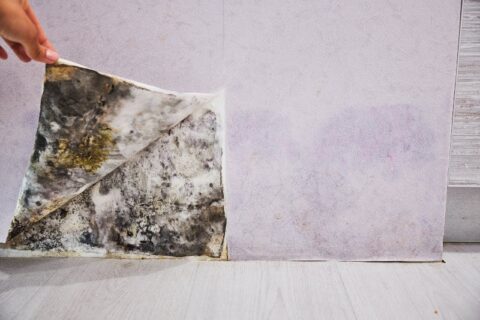Standing Water in Your Yard – What You Need to Know

We all know every lawn needs regular watering, but frequent standing water in your yard can be a problem, not a benefit. If your yard remains wet for one or two days after heavy rain is completely normal. However, if continuously soggy areas or persistent puddles in your yard are still noticeable for more than a few days following a storm, you may have a problem with standing water. Where parts of a lawn are frequently swampy, there are a number of drawbacks that can be expected:
- Soil that remains saturated with water for an extended period of time can degrade the foundation of your home and can possibly trigger extreme seepage causing damage to the interior of your house.
- Algae, moss and other water-loving vegetation tend to strive in standing water, destroying your grass instead of maintaining a healthy lawn.
- Also, standing water provides the best breeding place for mosquitos and other unwanted insects.
Here are some precautions you can take to eliminate standing water and restore proper drainage:
- Make sure to fill in depressions in your yard. If standing water is due to existing low spots, these areas should be filled in with topsoil, compacted and then graded to level so rainwater will not accumulate. Refilled areas may need to be reseeded with grass.
- The ground surrounding the home’s foundation should be grated so water is diverted away the home so it doesn’t accumulate
- Try to utilize french drains. A french drain consists of a perforated plastic pipe that is buried in a trench and filled with gravel. In problem areas where standing water frequently accumulates, the french drain continuously collects water in the soil and channels it away to another part of the lawn. You can also replant grass over the drain if needed.


